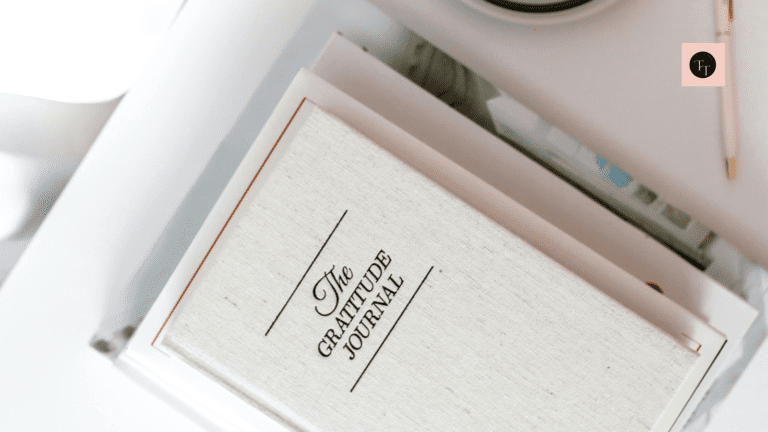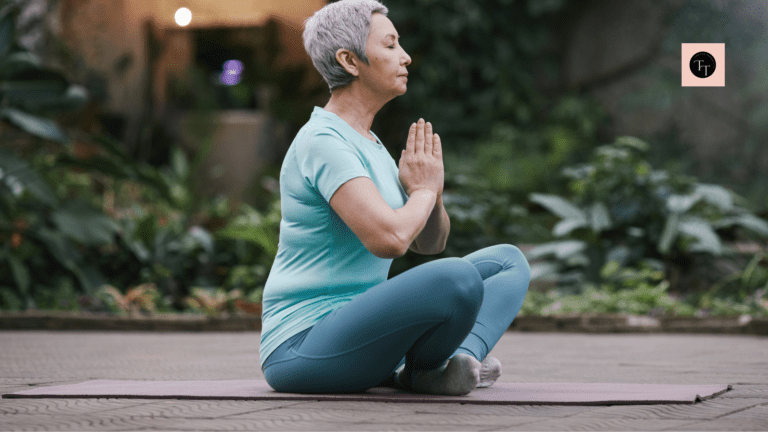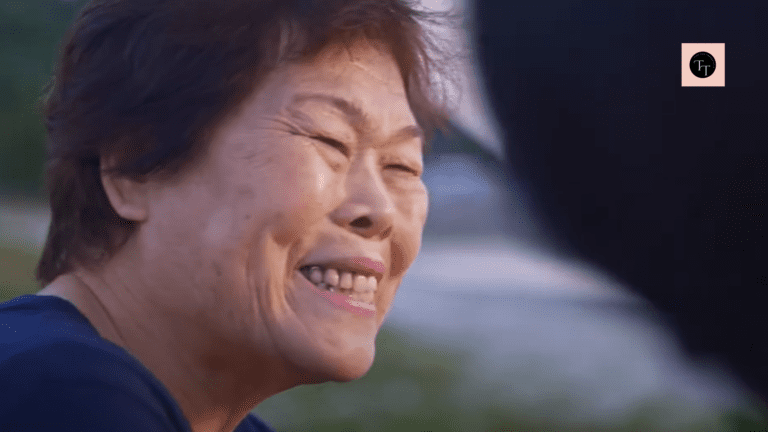6 Ways to Practice Mindfulness for a Wonderful Day!
Life can be challenging, especially when living alone. So, why not embrace some of the various ways to practice mindfulness in your daily chores?
There are many beautiful ways to find peace and joy in each moment, through mindfulness. Mindfulness means being fully present and aware of what you’re doing. It helps reduce stress, improve health, and bring happiness.
Most ways to practice mindfulness, are simple and will fit in quite well within your lifestyle. Moreover, they are thoroughly enjoyable too.
Let me show you the different ways and you can pick the ones that work best for you. But, before that let us get some clarity on mindfulness, and the benefits it can bring to your life.
What is Mindfulness?
Mindfulness means being fully present in the moment. It’s about paying attention to what you are doing, without judgment. The practice of mindfulness connects you with your inner self and the world around you.
Mindfulness has deep roots in ancient Eastern spirituality. It comes from Hinduism, Buddhism, and Zen philosophy. These traditions teach us to live in the present and find peace within.
Why Mindfulness Matters
Mindfulness has many benefits for your mind and body. Regular practice reduces stress, improves sleep, and boosts your mood. Practicing mindfulness helps you feel more connected and less lonely.
“Research suggests that being more mindful in our everyday lives can protect our health as we age—and even help us live longer.” – Greater Good Magazine
According to this magazine published by The Greater Good Science Center at the University of California, Berkeley, there are 5 ways to practice mindfulness to help you age better. These are:
- Mindfulness helps prevent depression and anxiety
- Mindfulness can improve cognition
- Mindfulness might help fight disease
- Mindfulness can help us manage pain
- Mindfulness leads to better overall quality of life
Ways to Practice Mindfulness
You can incorporate mindfulness in almost any activity in your life. All you need to do is to be present in the moment and be aware of your thoughts and emotions without passing any judgment.
1. Mindfulness Waking
What better way to start the day than with Mindfulness Waking? Mindfulness waking is an intentional approach to starting the day by transitioning from sleep to wakefulness consciously and presently.
This practice emphasizes being aware of one’s thoughts, feelings, and bodily sensations as one wakes up, rather than jumping into the day’s activities in a rush.
Key Components of Mindfulness Waking
- Gradual Awakening: Instead of abruptly waking up, take a few moments to notice your breathing and bodily sensations. This helps foster a sense of calm and presence right at the start of the day.
- Mindful Routine: Incorporating mindfulness into morning activities, such as drinking water, brushing teeth, or stretching, allows you to engage fully with these tasks rather than performing them automatically.
- Setting Intentions: Practicing mindfulness upon waking often includes setting positive intentions for the day ahead, which can enhance focus and motivation.
2. Mindfulness Meditation
Now that you are awake and feeling tranquil and calm, it is time to practice some Mindfulness Meditation. I like doing mindfulness meditation in my backyard, where I get the morning sunlight and fresh natural breeze. The important point is to choose a place you will not be disturbed.
Mindfulness meditation is a simple yet powerful practice that focuses on the present moment with openness and acceptance.
Key Components of Mindfulness Meditation
- Sit down, cross-legged, on a floor cushion, if you can. But sitting on a chair will do just fine too.
- Close your eyes, calm your mind, and focus on your breath. Bring your attention to the inhalation followed by exhalation. Bring awareness to the sensations of air moving in and out of your nostrils. Breathe normally. There is no need to change your breath pattern.
- Expand your awareness to include sounds, physical sensations, emotions, and thoughts as they arise and pass away. Notice these experiences with openness and acceptance, without getting caught up in them. Do not make any judgment. Just observe them.
- When you notice your mind has wandered, gently escort your attention back to the breath or the present moment. This is natural and part of the mindfulness meditation process.
- Some people like to set a timer for their mindfulness meditation. I have found that this puts an unnecessary stress on your mind. I find it better to count each breath and keep going as long as I feel good.
- Consistency is key – regular practice will help you reap the benefits of reduced stress, increased focus, and greater well-being
“Feelings come and go like clouds in a windy sky. Conscious breathing is my anchor.” – Thich Nhat Hanh
Walking Meditation
Walking Meditation is an alternative to Mindfulness Meditation, if you do not like sitting still and prefer to walk instead. It has all the key components of mindfulness meditation; namely focus on the breath and being in the present moment.
Here is how to do it:
- Choose a quiet, safe area, indoors or outdoors, where you can walk without obstacles.
- Stand still, close your eyes, and take a few deep breaths to center yourself.
- Open your eyes and begin a slow deliberate walk. Focus on the sensations in your feet and the movement of your legs. Try coordinating your breath with your steps.
- Notice the sights, sounds, and smells around you without judgment, deepening your awareness.
- If your mind wanders, gently return your focus to your breath or the act of walking.
3. Pre-Lunch Pursuit of Interests (Mindfully)
You can spend the time before lunch pursuing your interests and hobbies. And, the best part is that almost all of them can be done with mindfulness.
Here are 2 of my personal favorites:
Mindful Gardening
Tending to plants and flowers can be both rewarding and therapeutic. It is great if you have a yard. But even if you do not, you can plant vegetables in raised beds on your patio, herbs in pots on your kitchen counter, or even set up a hydroponic system in your garage.
To bring mindfulness to your gardening hobby, focus on the sensations of the soil, the colors of the flowers, and the sounds of nature around you. As you plant or prune, take deep breaths and appreciate the moment. This can enhance your connection to nature and promote a sense of peace.
Mindful Cooking
I know, most women love cooking. Preparing meals or experimenting with new recipes can be a creative outlet. Not only is the process, thoroughly enjoyable, but you are also rewarded with a healthy, tasty meal!
To bring mindfulness to your passion for cooking or baking, pay attention to, the textures, aroma, and colors, of each ingredient, as you prepare a meal. When chopping vegetables or stirring a pot, bring awareness to the sounds and sensations involved.
Mindful cooking can transform a chore into a meditative experience, allowing you to savor the process rather than just the outcome.
4. Mindful Eating
Mindful eating encourages you to focus on the experience of eating with full awareness and appreciation. Mindful eating can enhance both solitary and social meal experiences.
“Realize deeply that the present moment is all you ever have. Make the Now the primary focus of your life.” – Eckhart Tolle
Key Components of Mindful Eating
- Saying Grace: Before eating, express gratitude for the food and the effort that went into preparing it. Say it in your mind if you don’t want to make a fuss, when in company.
- Being Present: Paying full attention to the meal, including the flavors, textures, and aromas of the food.
- Savoring Each Bite: Take the time to chew slowly and appreciate the food. Not only do you relish the taste more, but it is good for your gut health too!
- Listening to the Body: Recognizing hunger and fullness cues. Make conscious choices about portion sizes. Do not overeat.
- Eliminating Distractions: Creating a peaceful, screen-free eating environment. No television, no phones, no laptop, when you eat.
- Engaging in Conversation: Encourage open conversations during the meal, and when dining in company. Listen more, talk less, and always appreciate other’s views.
- Reflecting on the Experience: After the meal, take a moment to reflect on how you felt during the eating process.
5. Relax Mindfully Post-Lunch
Giving your body some rest after lunch is always a good idea. It depends on your interests. There are several options and most can be done mindfully.
I like to either read a book or listen to my favorite music. Here is how I do them mindfully:
Mindful Reading
Mindful reading is an intentional approach to reading that emphasizes being present and fully engaged with the text. It involves slowing down, focusing on the words, and allowing oneself to connect deeply with the reading material.
Mindful reading helps reduce stress. You can escape from daily worries and immerse yourself in the text. By practicing mindful reading, you train your mind to stay present and attentive. Moreover, engaging with the text mindfully can lead to a greater understanding of the material.
Mindful Listening to Music
For mindful listening to music, you must fully immerse yourself in the experience of listening, allowing the music to resonate deeply while fostering a sense of presence and awareness. Mindful listening to Classical, Soft Instrumental, or Meditation music can be very relaxing.
Practicing mindful listening to music can be a deeply enriching experience, providing relaxation, deeper emotional exploration, and enhancing overall concentration and mindfulness skills
6. Prepare for a Good Night’s Sleep
You have had a wonderful day, thanks to practicing mindfulness. Now, it is time to put the icing on the cake and prepare for a good night’s sleep with mindfulness.
Here are some mindfulness activities that you can incorporate into your evening routine to promote restful sleep:
Mindful Journaling
- Before bed, spend some time writing in a journal. Reflect on your day with compassion and gratitude.
- Write about your thoughts and feelings without judgment. Accept your emotions and clear your mind.
- If worries arise, acknowledge them and gently shift your focus to the present moment.
Mindful Gratitude
- Use your journal to reflect on things you are grateful for from the day.
- Express gratitude for all positive moments, experiences, and people, that enriched your life.
Mindful Stretching or Gentle Yoga
- A few light stretches or gentle yoga poses will help release physical tension and prepare your body for sleep.
- Pay attention to the sensations in your muscles as you move. Breathe deeply and avoid straining.
- Finish with a few minutes of stillness, noticing how your body feels.
Mindful Breathing Exercises
- You may conduct this in a lying position, on your bed. Close your eyes and bring your attention to your breath.
- Breathe slowly and deeply, noticing the air moving in and out. Observe how your belly rises and falls with each breath.
- If your mind wanders, gently bring your focus back to your breath. Continue for 5-10 minutes.
Body Scan Meditation
- Progress from mindful breathing to body scan meditation. Bring your attention to the sensations in your body.
- Mentally scan your body from head to toe, noticing any areas of tension or discomfort. Imagine your breath flowing to those areas and releasing the tension.
These mindfulness activities can help calm your mind, relax your body, and create the ideal conditions for restful sleep. Experiment with different practices to find what works best for you.
In Conclusion
From mindful waking to preparing for restful sleep, the 6 Ways to Practicing Mindfulness in your daily life, will make each day wonderful, and well worth living.
“Mindfulness is not about getting anywhere else. It is about being where you are and knowing it.” – Jon Kabat-Zinn






